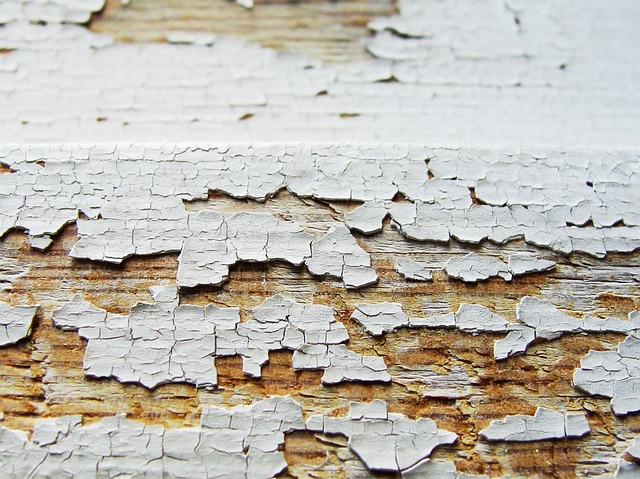The Dangers of Lead-Based Paint
Important Health Facts about Lead Paint
It’s well-known that lead paint is bad for your health, but for most people that’s as much as they know. There’s not a lot of understanding about why it’s bad, what it does to the body, how people come into contact with it, and how you can reduce your risk of lead paint exposure. We’ll cover all those topics and more in this article to help you understand the risks of lead paint.
(If your property may be at risk, please see our sister article “Lead Paint Testing: Inspections and Risk Assessments” for information on how to get your property tested for lead paint risk.) 
See our Lead Paint Services in Ohio
Why is lead-based paint considered dangerous?
Lead is extremely toxic and can cause severe health and cognitive problems in any person, but is most harmful to children, pregnant women, and unborn babies. The health effects of lead paint on children are very severe. It can cause mental and cognitive disabilities that are irreversible, keeping a child at the same cognitive level their entire life as from the time they were exposed. In adults expecting or actively trying to have children, their exposure to lead paint can be transmitted to the child and it can also potentially limit the success of childbirth. In adults without children, health effects can cause high blood pressure, loss of memory, cognitive decline, tingling of extremities, lack of sleep, depression, abdominal pain, and nausea.


